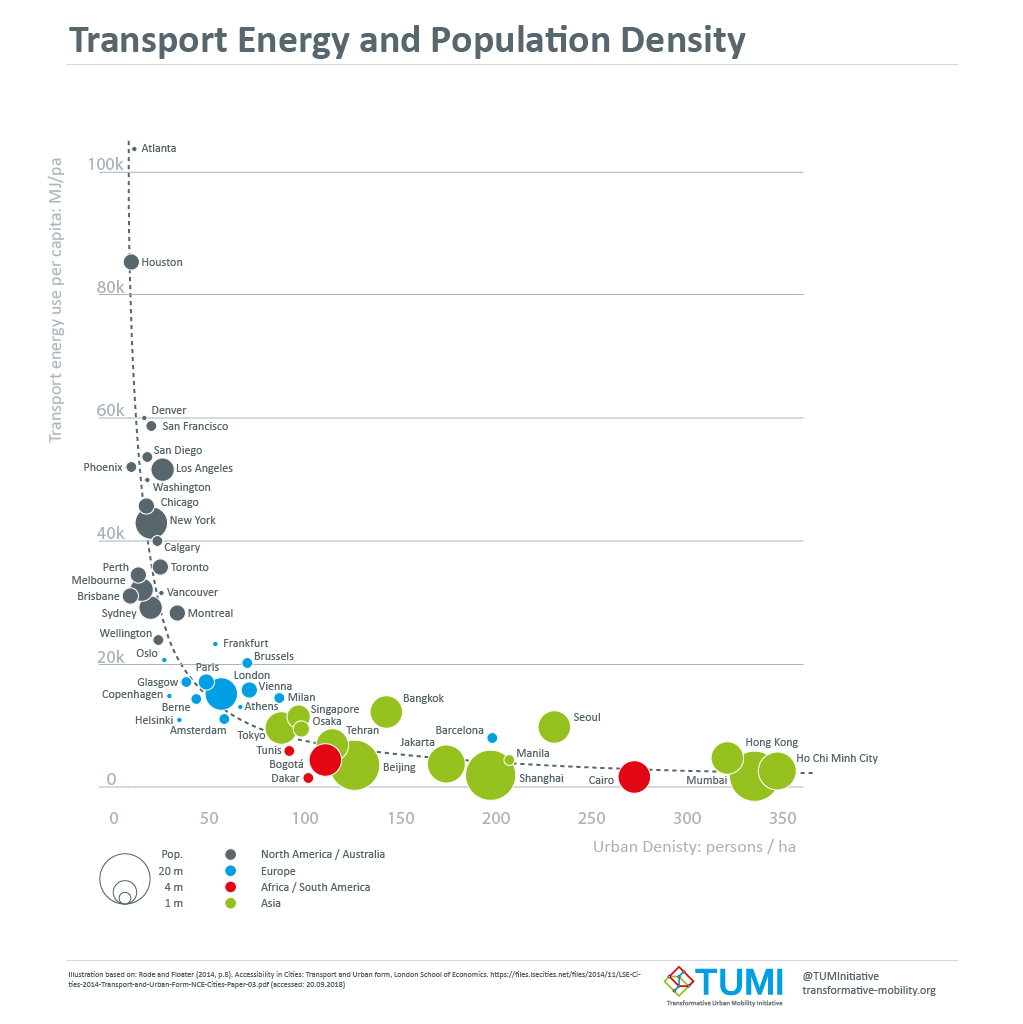
|



Free shipping within the United States (except Alaska & Hawaii). Contact us to arrange shipping outside the U.S. Display Prints use fine quality Epson paper. (All prints sent unframed.) |
DENSITY Density restrictions cost the US economy almost a trillion dollars every year! (source) (Hint: parking lots are limiting our potential.) Urban residents already add about $20 more per hour to GDP than their suburban counterparts (source). "The median household income inside MSAs (Metropolitan Statistical Area) is $70,956; outside MSAs it is $51,616" (source). This is because urban density allows talented workers to come together easily and cheaply. Density means a contractor can house more people with fewer materials (apartments vs houses). A delivery driver can drop off more deliveries per hour. Cities mean reduced time and transportation costs. Economies of scale. More ambitious projects. And so on. Reducing single family zoning and parking minimums to further increase density would amplify this effect as well as spur development and reduce housing costs, just like it's doing in Minneapolis! I'll explain, but first we need to go to Manhattan where a square mile of city holds 35 square miles of suburbanites. (source) The cost savings of moving resources and waste (people, food, energy) to and within one square mile are significantly less than delivering those same resources across 35 square miles. Also that suburb has 35 miles of roads and telephone poles and sewers and on and on. The equivalent space in Manhattan has just 1 mile of roads and telephone poles and sewers and so on. The ongoing maintenance costs of 35 square miles of suburban infrastructure dwarfs the upkeep on city infrastructure. Also, one fire station can reach way more residents in a city than the same station in a sprawling suburb, for example. The cost savings of density are tremendous. And of course suburban development destroys 35 times as much green space. Cities are so efficient that 83% of the US lives on just 3% of our land area. Most Americans believe dense cities are bad for the planet. (source) And they are. But not nearly as bad as every other human enclave. Living in a city has a fractional impact on the environment compared to living outside of a city. That is to say that a city of a million people has a minuscule impact on the planet compared to a million people living in suburbs and rural communities. The reasons for this are similar to those that deliver lower costs to dense areas. Density also delivers lower energy use and pollution per person. Heating and cooling apartments with shared walls, for example, uses less energy than heating houses for each individual family. Again, the list goes on and on. One study showed that doubling density cuts transportation emissions in half and reduces household energy use by a third. (source) For example, suburban residents have to travel much further than city residents and usually by single-occupant carbon-spewing car. City dwellers don't have to travel as far and often use carbon-sipping mass transit...like the elevator. Yep, the humble elevator. Turns out the elevator is the most used and GREENEST mass-transit in the world! If you're a nerd like us, check out 50 Things That Made the Modern Economy's fantastic podcast on Elevators (April 2017). (Also, there is a tiny homage to the elevator in the poster above.) Back to Minneapolis. As it turns out, Minneapolis is a YIMBY pioneer when it comes to density-oriented zoning in the US. After decades of alarmist controversy, Minneapolis managed to abolish all single family home zoning and adopt policies that allow for duplexes and triplexes on all residential properties. In the United States, this is a revolutionary move. And in the 2 years following this controversial zoning change basically nothing happened. Between Jan 2020 and March 2022, fewer than 50 duplexes and triplexes were approved for lots previously zoned as R1 (single family only) (source) in a city of more than 75,000 houses (source). Not even a drop in the bucket of the almost 9,000 non-single family housing units that were approved during the same period. (source) We don't need to abandon all single family homes, but we need to do better than this. But wait, there's more! Where did those 9,000 units come from? With little fanfare, Minneapolis also eliminated parking minimums. Previously requiring one parking space for every housing unit, Minneapolis (like most of the country) was guaranteeing that each new housing project also came with shit-tons of pavement. Following the change, housing development DOUBLED and rents have FALLEN. (source) One reason for this is that a ton of land, previously reserved for storing cars, has now become available for housing people. That's density. The cry to preserve parking for businesses has been a false argument. Adding people to a city rather than cars means there are more customers and workers to support those businesses which will thrive whether customers come by car or bike or train or hovercraft, so long as they come with money. Another reason for the increased development in Minneapolis is cost savings. The average parking space adds $24,000 to a development project (that's planning, design, and construction, but NOT land acquisition). (source) A 50 unit building used to include more than $1 million in parking costs. Without the parking minimums, project prices can drop and builders don't have to build luxury apartments to recoup development costs. So what can individuals do to impact population density (and boost the economy while saving the planet on the side)? If you can't move to a building with an elevator, support initiatives that move us away from majority single family home zoning and draconian parking requirements. The Density poster above is largely based on this info graphic from the Transformative Urban Mobility Institute. (Notice how Atlanta is SO sprawled, we couldn't even fit it on the print.) 
|